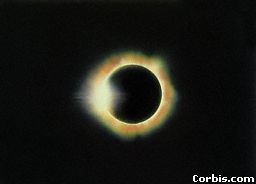




X is in actuality a brown dwarf star that orbits in a massive circuit ordinarily outside of the orbit of Pluto.
The 1987 New Science Encyclopedia includes an article on and diagram of the orbital path of our dead twin sun, X. The current issue of New Scientist magazine (UK) devotes a major feature to Planet X.
Seven years prior to X's perigee passage, it began to trigger volcanic, seismic activity & changes in weather on Earth.
A complete article on the subject is located on the web, at http://www.planetx2003.f2s.com/